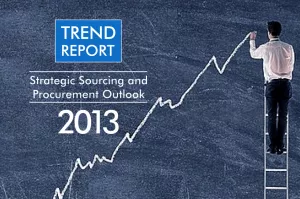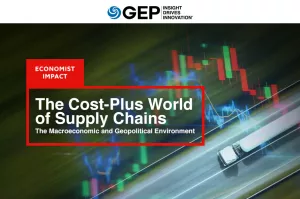Procurement Outlook 2013 - Strategies to Maximize Savings
The global economy progressed little in 2012; developed economies were in a state of flux and emerging markets showed signs of weaknesses after a prolonged period of growth. The Presidential elections in the United States, policy paralysis in the European Union, and political fragility in emerging markets were chief contributors to economic uncertainty. This forced many companies to curtail new investments, restrict budgets, and focus on generating cash from existing operations.
We saw increased savings targets for CPOs at most of our clients, and most of these CPOs met, or exceeded, even these stretch targets. Overall, 2012 was a very good year for procurement professionals. Savings were in double digits across many categories.
From a macro perspective, 2013 looks to be little different from 2012. The Economist predicts that the world economy will grow only slightly to 3.5 per cent (at purchasing power parity), from 3.1 per cent in 2012. Although the Eurozone will pull out of the recession, growth will be tepid.
In 2012, many companies grew by piling up cheap debt (especially in the U.S.). In 2013, we may not see such generosity from governments. As austerity measures are stepped up, cost cutting will be the key focus area for governments and enterprises alike. Supply chain innovation and procurement transformation will continue to remain favored levers for generating cash to sustain long-term growth. This, coupled with a more balanced supply and demand market, leads us to conclude that 2013 will be a great year for procurement and supply chain professionals.
In the following report, GEP has highlighted eight procurement trends that will have a significant impact on the sourcing and procurement function, and has provided a market outlook of eight broad categories that can be leveraged to maximize savings in 2013.

Procurement trends to watch out for in 2013
Procurement in emerging markets - Followers no more
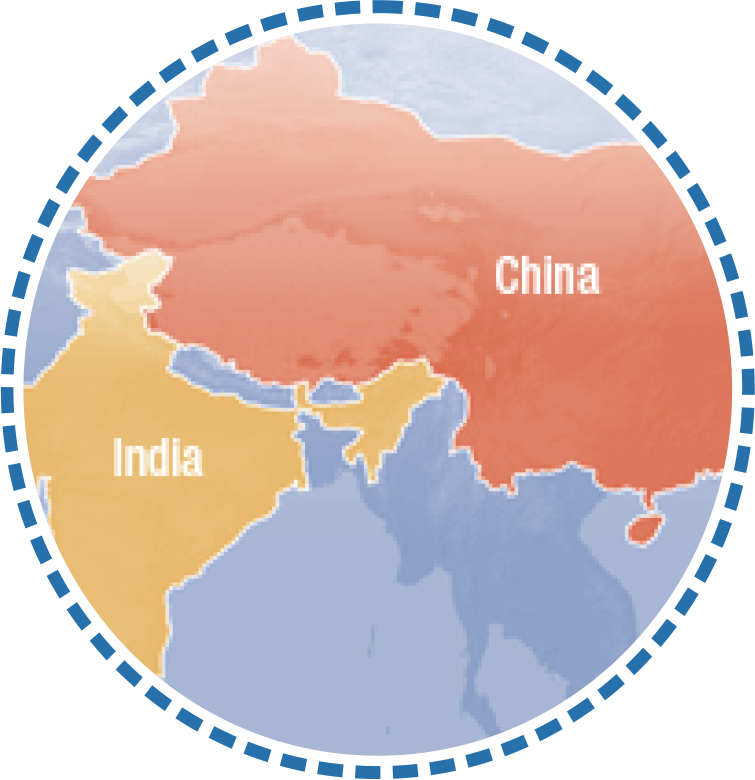
In most companies that operate in emerging markets, procurement has been restricted to a tactical purchasing role and is part of the larger supply chain function. Historically, spend associated with these regions has been small and hence, their contribution to the overall enablers of the organizations has been minimal. Emerging markets were looked upon as laggards trying to follow procurement strategies developed at corporate headquarters. With growing capital investment and bulging spend, the landscape is changing. Leading companies are realizing the importance of bespoke sourcing strategies for these regions and investing in building these capabilities. Most companies in these regions will need to build category expertise, either internally or through an outsourced partner.
Data analytics – Finding needle in a haystack
With the advent of sophisticated ERP systems, procurement professionals are now privy to more information than ever. Big data that has been restricted to CRM, risk management and a few other functions is finally finding relevance in procurement as well. Though spend analytics has come a long way over the past decade, a good portion of the effort has been spent on developing and presenting information. Many companies with good levels of adoption haven't derived real, actionable intelligence from the data.
2013 and beyond will see an increased focus on converting data into intelligence. Real-time visibility into not just category spend but also compliance levels, supplier performance, risk scores, operational metrics and integration with third-party data sources will increase. Enterprise procurement teams will need more analytical horsepower than ever and partnerships with specialist service providers are expected to increase.

Cloud computing – Easier and instant access to data

With the rapid growth and adoption of software-as-service (SaaS) in the past couple of years, platform-as-a-service (PaaS) and infrastructure-as-a-service (IaaS) is poised to hit the procurement world in a big way. Procurement technology is evolving to create a bunch of interlinked software applications that will be capable of performing a wide range of procurement-related activities in the cloud. The key aspect of this platform would be its extensibility. Users will have the flexibility and freedom to interface numerous “plug and play” P2P software to the basic eRFx tools. These inter-connected tools can be expected to perform all functions – from handling invoices to spend analysis – offering in-depth visibility to transaction level details. Moreover, these tools and platforms will be accessible through a wide range of Internet-enabled communication devices and will accelerate the pace at which procurement processes are carried out and decisions are made. Integration of several procurement-related tools will not only empower sourcing professionals, but also other relevant business users who will find it easy to navigate and access information in unified applications.
Low-cost country sourcing – China plus strategy
For a long time now, China has been the cornerstone of the low-cost country (LCC) sourcing model. But this is changing. Rising wage rates, energy prices and exchange rates, and a stricter regulatory regime have driven up manufacturing costs. China, in its current “FiveYear Plan on Employment Improvement” aims at adding 13 per cent annually to its minimum wage rate, from 2011 to 2015. The Chinese Yuan is now approximately 25 per cent more expensive than in 2005 and is expected to continue to strengthen in the coming years. Oil prices have gradually risen ever since touching the rock bottom of $32 in late 2008 and freight costs, as a percentage of total landed cost, have increased significantly. Taken together, these factors make China less attractive from a pure cost perspective across several categories. That said, there are still many categories where Chinese suppliers have managed to offset the above factors through increased automation and remain competitive. However, many procurement managers are re-evaluating their China portfolio and looking at other attractive destinations like Mexico, Brazil, India, Southeast Asia and East Europe.
Also, on-shoring, or in-shoring, is expected to accelerate in 2013. Lower domestic energy prices, legislative tax breaks, and increased domestic industrial productivity may make domestic markets more attractive.

Supplier-driven innovation -Request a quote and something more

Prices hit rock-bottom in 2009 immediately after the recession. Procurement managers jumped on the opportunity, renegotiated contracts where possible and realized windfall savings. Since then, prices have steadily increased; suppliers who faced upstream pricing pressures operated either on wafer-thin margins, or went bankrupt. Leading companies are collaborating with suppliers for innovation instead of working as individual pieces in the value chain. In fact, many of them expect a significant amount of innovation coming from their suppliers and are investing in these partnerships. A key trend in the next few years will be a paradigm shift in the way procurement managers interact with their suppliers, shifting form “business transactions” to “business models.”
Supply risk management – Catching the attention, yet again
While supplier risk management has always been a vital aspect of procurement, few companies have followed a structured approach to combat it. With the onset of recession and a slew of mergers and acquisitions that followed, many companies put more formal programs for supplier risk management. There is renewed interest in supplier relationship management programs that track not only the immediate supplier, but also second- and third-tier suppliers. Yet, in most organizations, supplier risk scorecards are not yet an integral part of the procurement and vendor management process. Moreover, while multiple functional units within an organization interact with a given supplier, there hardly exist any cross-functional interface among various units and the risk assessment / vendor management teams. Companies are looking at solutions and partners that collate information not only internally but also externally, through due diligence studies to raise red flags and devise contingency plans on the go.

Tail-spend management – Beyond Pareto
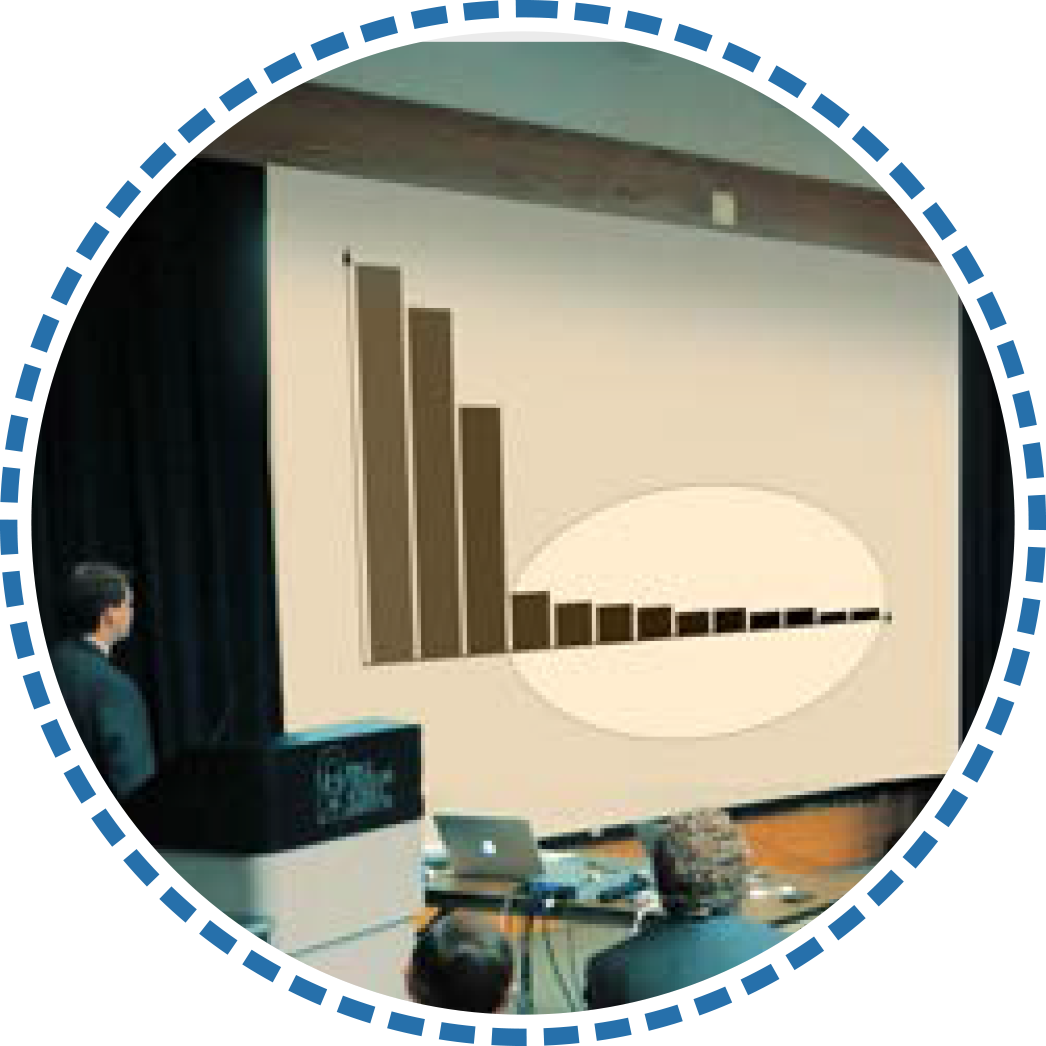
No argument here – the 80/20 rule should dictate prioritization of effort. However, many mature procurement organizations are now targeting to bring 100 per cent of their spend under management, including the highly fragmented, low-value, high-volume tail-spend. Many of them have realized bumper savings as well. Naturally, the rules of the game are different here and traditional sourcing approaches are not cost-effective. Leading companies are implementing innovative solutions that combine technology and processes and improve compliance without setting up draconian policies. The demand for integrated buying portals, catalogs, marketplace solutions, master vendors and outsourced buying desks is increasing and the trend is expected to grow further in 2013.
Public procurement – Balancing cost reduction and transparency
According to a McKinsey report published in 2009, government purchases of goods and services account for about 5 per cent-8 per cent of the GDP in OECD countries. In order to combat the mounting fiscal deficits, governments across the world have come under immense pressure to reduce their spending; the previous year saw a host of government tenders in the market, and more are expected in 2013. One of the challenges of public procurement is ensuring complete transparency, even during negotiations, and hence, competitive pricing will only have a limited impact on savings. As a result, public sector buyers will be forced to revisit procurement practices and build an efficient and agile supply chain. Markets may witness significant price adjustments that will impact the supply landscape.

Category outlook
IT Hardware, Software & Services
The IT hardware market will expand 5 per cent in 2013. The desktop computer will continue to lose ground to mobile devices. The demand for laptops will grow by 10 per cent, while the demand for tablets will continue to grow by more than 30 per cent. Expect steep discounts on desktops, great savings on laptops, but little or no savings on tablets.
The spread of cloud computing will continue to put pressure on the prices of traditional ERP software vendors. The migration of software to the cloud will accelerate. In GEP's view, the traditional ERP vendors (SAP and Oracle) are not moving to the cloud fast enough and will continue to lose market shares in their core markets. Ask for steep discounts using the cloud as leverage in 2013.
On the IT services front, it will be hard to find programmers who have acquired skills for mobile applications and the cloud. Be prepared to pay a premium for these skills. On the other hand, the market for traditional programmers will be soft and you can negotiate for good prices.

Telecom

Global revenues from mobile services will grow by 4 per cent in 2013. Expect double-digit savings on MPLS and other related telecom services due to underlying innovations and investment in these technologies. The roll out of 4G networks will advance, with notable launches in Brazil, China and the UK. Negotiate these contracts at a regional or global level rather than local country basis, when possible. If your company still uses traditional voice-based systems, you can expect big savings as those systems are shrinking. If your company offers smart phones, expect single-digit savings due to 40 per cent growth in this market (if your company offers iPhones, expect little or no savings).
Transportation
The transportation industry, globally, will see a price increase ranging from 3 per cent to 5 per cent. Ocean carriers will be under pressure to realize cost savings on recurring expenses and hold on to contracted rates. To mitigate this, they will tighten capacities by idling equipment and consolidating volumes amongst themselves. Due to margin pressures, the freight forwarder and brokerage industry will also look for consolidation. The segment will shift from being carrier-focused to shipper-focused, by working closely with shippers and providing additional value. Shortage of qualified drivers and aging equipment will continue to be an issue in the trucking industry. Intermodal shipment volumes reached an all-time high in 2012 and are expected to grow in 2013. Business will be favorable for strong asset-based providers with larger networks, who can offer intermodal shipments. Online retail business will continue to fuel the growth of less than truckload and parcel shipments.
Globally, logistics clusters will emerge, offering advantages to logistics providers and customers alike in scale, expertise and flexibility. A few of the emerging clusters with increased focus are Singapore, Holland, Panama, Memphis, Jolliet, etc. Shippers will increasingly use technology, data analytics, and network and packaging optimization techniques to improve efficiencies and attain more transparent pricing.

Packaging

The global packaging industry identifies China as the most important region for growth, with India, Eastern Europe and the Middle East also identified as key regions. An increase in mergers and acquisitions is predicted over the next 12 months – large packaging companies are seeking small and specialized firms to strengthen their core competencies, reduce costs and resist competition with their enriched product mix. Digital package printing will begin to mature in 2013, and is seen as a key competitive edge for companies to service increased demands for customized and personalized packaging campaigns. Supply chains will find answers in digital printing for addressing not only these customized packaging demands, but also reducing inventory and carry costs. Raw-material prices continue to be the key factor affecting prices.
Insurance & Financial Services
Overall, the global insurance market will remain stable, despite Hurricane Sandy and the tsunami in Japan. The policyholder surpluses will remain close to record level. As a result, any rate increases that insurers can push to businesses or individuals will be minimal. In the meantime, low return on the capital market means these insurance companies are even hungrier for new policies. The financial services sector continues to languish, and we expect the prices of these services to move little in 2013 from 2012. We see an increased involvement of the procurement function in the insurance and financial services sector. Most of our clients' procurement personnel lack this capability and are looking out for help.

Energy
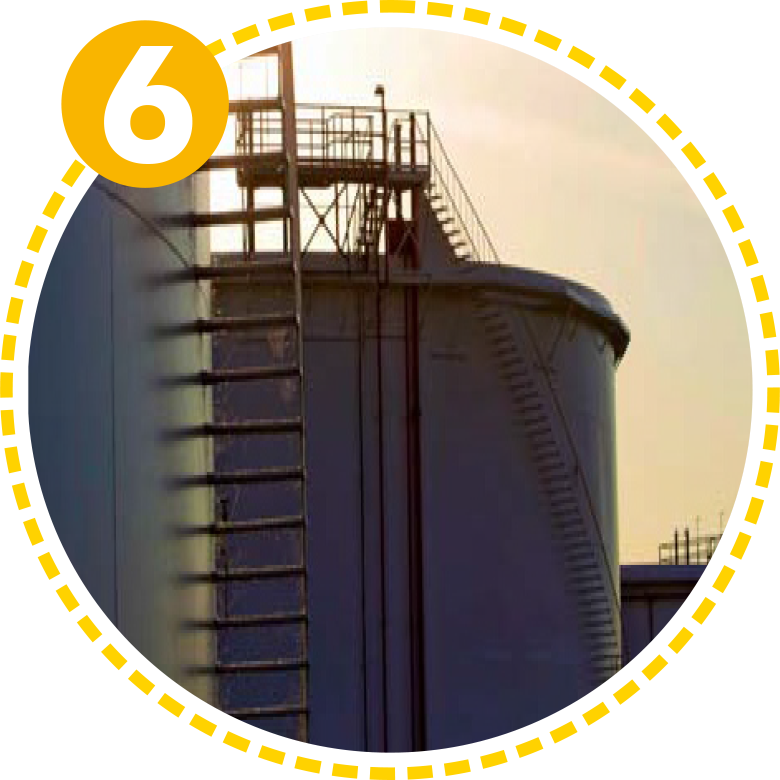
Global consumption will grow by about 3 per cent in 2013. The big change here is the mix. The glut of natural gas in the United States, buoyed by production from North American shale deposits, will keep prices low, compared to historical standards. Huge new oil fields in Saudi Arabia and Kazakhstan will go on stream in 2013, keeping the prices of crude oil low or flat. According to Barclays, the capital spending on energy firms will grow by 10 per cent to $700 billion, increasing the demand for procurement professionals with CAPEX experience. The management of the energy category will continue to be outsourced to specialized professionals.
Metals and Mining
The base metal index was down in 2012. The Economist Intelligence Unit's index of base-metals is predicted to rise by 9 per cent in 2013, fueled by modest recovery in Europe and growth in China. Vigorous automotive growth will drive aluminum prices higher by 8 per cent. Copper will rise by 12 per cent.

Food

Agricultural prices will slip slightly in 2013. But prices for several key commodities, particularly grains, will remain at or near record highs. The expected boost in production from sharply higher prices in recent years has been constrained by adverse weather and drought in America and Australia. Global protein consumption will grow 3 per cent, driven by higher consumption of meat in emerging markets. And India is set to become the world's largest beef exporter.
Conclusion
It's going to be an exciting year in procurement. We expect a double-digit growth in savings targets, and believe that with the use of innovative strategies, targets will be met without compromising quality, service levels or timeliness.
Furthermore, procurement leaders are set to reposition themselves as value-adding partners in the overall business in 2013, with more clout to do things their way. Procurement will continue to help shape corporate strategy and have a positive impact on the bottom line. With more than half of spend still outside the reach of procurement, there's a lot of room to grow – and a lot that procurement professionals can look forward to achieving this year
there's a lot of room to grow – and a lot that procurement professionals can look forward to achieving this year
Theme: Procurement

